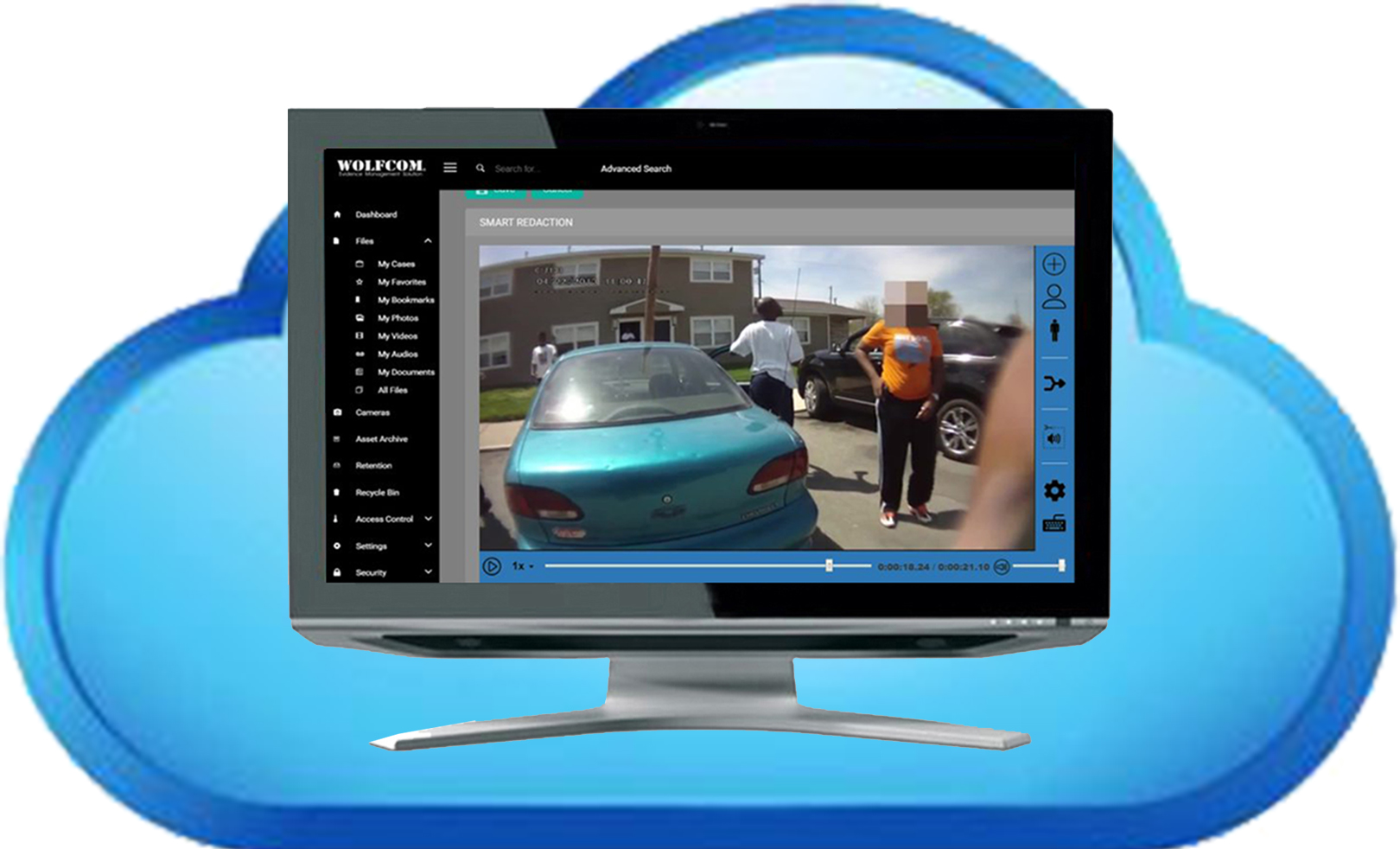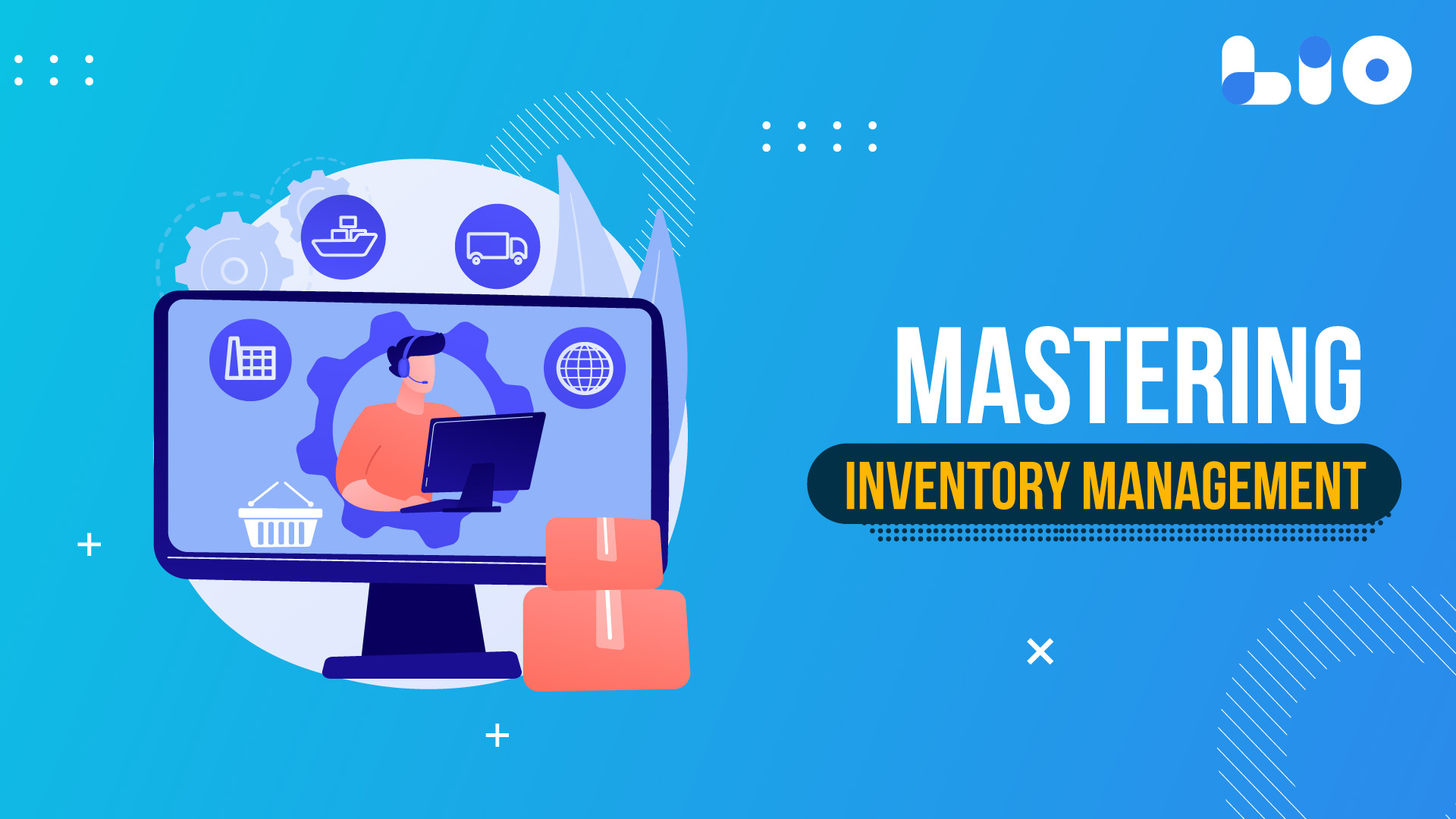Enhancing Auto Service Efficiency Through the Use of Vehicle Inspection Software
Key Takeaways:
- Delve into the transformative impacts of vehicle inspection software on auto service efficiency.
- Understand the multifaceted benefits such software presents to service providers and customers alike.
- Explore forward-thinking developments in vehicle inspection technology and preparations for future trends.
Table of Contents:
- Introduction to Vehicle Inspection Software
- Key Features of Modern Vehicle Inspection Software
- Benefits Beyond the Inspection: Streamlining Workflow
- Improving Customer Experience with Transparent Inspection Processes
- Streamlining the Diagnostic Process
- Compliance and Record-Keeping Simplified
- Analyzing the Impact of Inspection Software on Service Efficiency
- Training and Implementation: Best Practices for Service Teams
- Future Innovations in Vehicle Inspection Technology
- Conclusion: The Road Ahead for Auto Service Providers
Introduction to Vehicle Inspection Software
Technological advancements continue to revolutionize industries far and wide, and the auto service industry is no exception. It is an industry where precision, reliability, and speed are paramount. Vehicle inspection is an integral part of this process, ensuring the safety and longevity of vehicles through comprehensive checkups. While thorough, the traditional manual inspection methods often incur significant time and are prone to human error. Enter the innovative solution of vehicle inspection software. This tool allows garages and service providers to streamline inspection processes and improve customer service experience. These platforms allow for an exhaustive digital approach to the inspection process, thus championing preventative maintenance and reinforcing trust with vehicle owners through rigorous checking and reporting.
Key Features of Modern Vehicle Inspection Software
Modern vehicle inspection software has myriad features to bolster service technicians’ work efficiency and accuracy. At the heart of these features is the digital checklist, a step-by-step guide that ensures comprehensive inspection, covering all critical vehicle components without fail. By integrating multimedia, technicians can illustrate the vehicle’s condition with clear and concrete visuals. This includes high-resolution images and videos that capture the minutiae of any issue or the state of wear and tear, which can be instrumental in diagnosing problems accurately. Moreover, the immediacy with which this diagnostic data can be communicated across different departments or even to the customer sets a new standard in prompt service delivery and response.
Benefits Beyond the Inspection: Streamlining Workflow
Introducing vehicle inspection software in auto service operations significantly leverages enhanced workflow management. By deploying such systems, service centers gain access to actionable data, which works to streamline daily operations. This analysis assists in identifying common roadblocks that slow down the service process, thus enabling service managers to reorganize tasks or reallocate resources more effectively. Furthermore, when integrated with other automotive service management systems, this software provides a unifying solution that propels the entire operation forward. As a result, service providers can expect a discernible uptick in productivity and customer throughput, which is essential for thriving in a competitive marketplace.
Improving Customer Experience with Transparent Inspection Processes
Trust and transparency are foundational to sustaining long-term customer relationships in the auto service industry. With detailed interactive reports that vehicle inspection software provides, customers are given a window into the state of their vehicles. This effort to educate and inform creates a rapport between service providers and customers, outlining necessary maintenance or repairs in a digestible format. Such transparency fosters trust and empowers customers to make informed decisions about their vehicle care, strengthening loyalty and incentivizing repeat business. Consequently, an atmosphere emerges where service accuracy and client education coalesce to elevate the standard of service provision.
Streamlining the Diagnostic Process
The swift and accurate diagnosis of vehicle issues is a boon for service providers and vehicle owners. Service providers can significantly reduce the time a car remains in the shop through the efficient diagnostic processes that vehicle inspection software underpins. This accelerative diagnostic capacity hinges on the software’s ability to guide technicians systematically through inspection procedures and to swiftly identify any anomalies or wear patterns that might suggest a deeper issue. Reducing the vehicle’s downtime is convenient for clients and translates into a higher volume of service capacities for auto shops, simultaneously driving revenue and customer satisfaction.
Compliance and Record-Keeping Simplified
In the auto service sphere, regulatory compliance and meticulous record-keeping form the bedrock of a reputable business. Vehicle inspection software simplifies these processes by automatically documenting each inspection step, adhering to internal standards and external regulations. Such well-maintained records serve several purposes: they provide a reliable history for each vehicle, facilitate quality control measures, and fortify the service provider’s defense in the event of a dispute. This secure, digital storage and easy retrieval of records ensure organization and preparedness that manual methods need to match.
Analyzing the Impact of Inspection Software on Service Efficiency
The decision to incorporate vehicle inspection software into service operations has repeatedly shown to bear fruit in optimizing service efficiency. Through diligent case study reviews reported by sources like Auto Service World, we see tangible reductions in the average service time per vehicle. With such data, it becomes clear that investments in such digital tools can scale a business upwards, nurturing a cycle of customer satisfaction and recurring engagement. These technological stepping stones can pave the way for auto service providers to distinguish themselves within a bustling industry and secure a leading edge.
Training and Implementation: Best Practices for Service Teams
Despite the myriad benefits that vehicle inspection software brings, transitioning to such a system is challenging. Successful integration into everyday operations necessitates adequate training and acculturation to the new software. Investing time and resources into comprehensive training ensures that each team member is adept at harnessing the software’s full potential, thereby mitigating any teething issues that come with adopting new technologies. A well-devised training program lays the groundwork for a smooth transition, cultivating a team that is as proficient as it is enthusiastic about using new tools to deliver exceptional service.
Future Innovations in Vehicle Inspection Technology
The horizon for vehicle inspection software and its capabilities is ever-expanding. Not only are we witnessing advancements in current features, but the industry is also at the cusp of integrating technologies that may redefine the future of vehicle servicing. For instance, predictive analytics promises to recognize potential problems before they manifest, enabling preemptive maintenance that could save time and resources. As FutureCar examines, the eventual inclusion of artificial intelligence into inspection processes could add a layer of precision and intelligence to how service is conceptualized and delivered. The anticipation of these developments is exciting and encouraging for service providers looking to stay ahead of the technological curve.
Conclusion: The Road Ahead for Auto Service Providers
In conclusion, the impact of integrating vehicle inspection software into auto service business models is sizeable and multifaceted. This technological innovation charts a new course for automobile service capabilities, from streamlining operational workflows to significantly improving customer trust and retention. Forward-thinking service providers ready to embrace these advancements will likely reap rewards in efficiency gains, customer loyalty, and competitive differentiation. As the auto service industry continues to evolve, those who are quick to adapt and innovate will certainly drive future successes on the road ahead.





